The 10 Big Stories Of 2010

The Biggest Of The Big
IT vendors continued to keep the channel on its toes in 2010 with surprise moves, hot new technology and new channel strategies (some greeted warmly by partners, others not so much). Here’s a look back at the 10 big stories that kept CRN readers intrigued.
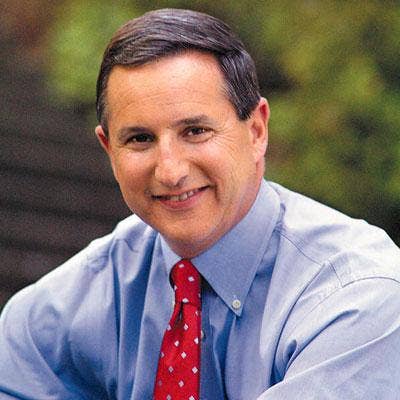
1. HP Gives Hurd The Heave-Ho
The biggest story of the year centered on the biggest IT company in the world, Hewlett-Packard. HP took the channel by surprise on what was turning out to be a lazy summer afternoon when it disclosed on August 6 that chairman, president and CEO Mark Hurd had resigned in the wake of a sexual harassment scandal. Even more surprising was that HP’s internal investigation had actually cleared Hurd (shown) of the harassment claims, yet the company still pushed him out after finding he had violated HP’s code of conduct. Channel partners were by-and-large disappointed by the move since Hurd had made a point of supporting the channel and personally meeting with as many solution providers as he could. Their disappointment turned to puzzlement a few weeks later when HP named a relative unknown -- Leo Apotheker, former CEO of SAP -- to replace him as president and CEO. And then turned to a bit of jealousy when Hurd landed safely at Oracle.
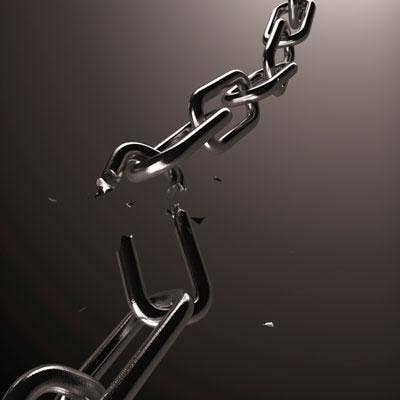
2. Cisco Supply Chain Breakdown
Networking market leader Cisco Systems kicked off its annual Partner Summit in April with an apology to solution providers for year-long product shortages that resulted in a lot of frustrated customers and partners. A variety of factors contributed to Cisco’s supply chain woes, but the channel didn’t care as much about the ’why’ as it did the ’what now?’ Partners blamed Cisco for being too tight-lipped about details that would have helped in project planning with their customers. The lack of information, solution providers said, jeopardized their role as a trusted advisor to their customers, leaving many partners to grapple with frustration and lost sales, and leaving Cisco with some channel fences to mend.

3. Cloud Computing Impossible To Ignore
Vendor after vendor rolled out cloud computing products, strategies and partner programs in 2010, making it nearly impossible for any solution provider to avoid its implications. In one of the most visible cloud grabs, CA made six cloud-focused acquisitions throughout a 14-month stretch for a total spend of $1 billion. Microsoft, Google and Amazon.com also bet big on the cloud. Solution providers were left to wade through the buzz and try to figure out how to adapt their business models to make way for cloud. CRN spotlighted the ’30 Cloud VARs That Get It’ to shine a spotlight on some in the channel that had figured it all out.
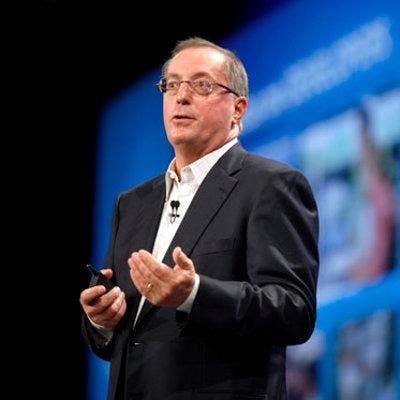
4. Intel Makes A Move For McAfee
If Hurd’s departure from HP was the biggest surprise of 2010, Intel’s move to acquire McAfee was probably the second-biggest. The chip giant in August unveiled plans to buy security firm McAfee for $7.68 billion. The deal has yet to close so the channel is still a bit fuzzy on how exactly Intel will utilize all of this new technology and intellectual property, though Intel President and CEO Paul Otellini pledged his commitment to keeping the McAfee brand and business model intact. Solution providers can certainly see the upside of integrating technology from the two vendors. It’s an acquisition that could shape the chip market for years to come.
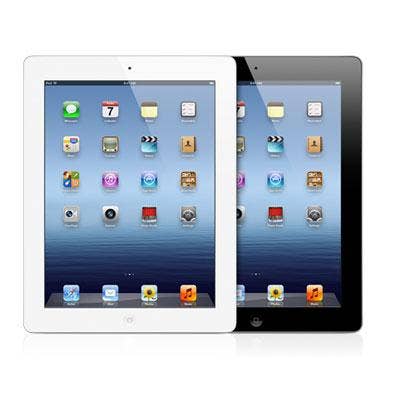
5. Apple iPad Takes Over The World
Apple in January unveiled its iPad tablet and set the tongues of fanboys a-waggin’ as they awaited its April launch. Apple sold out of the devices when it launched pre-orders in March, and there has been no abatement in appetite the iPad since then. But the iPad itself isn’t really the story; it’s the widespread impact of its popularity. The iPad finally made tablet computing cool and proved that both consumers and business users will eagerly snap them up given the right design and access to a bevy of applications. Other vendors have taken notice, most notably Samsung with its Galaxy Tab and Dell with its Streak, both of which are based on Google Android.
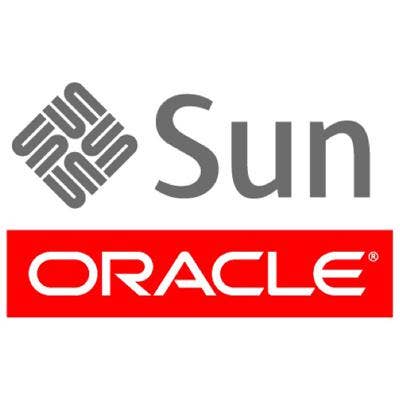
6. Oracle/Sun: (Not) Perfect Together?
Oracle in January closed its acquisition of Sun Microsystems and right off the bat created fear and confusion among Sun channel partners when executives outlined plans to build more ’strategic, direct’ relationships with its largest customers. Later in the year it angered Sun partners furthered by cutting their maintenance renewals business. All of this channel upheaval comes as Oracle is working to optimize its software with its hardware so make it more enticing for customers and partners. But some Sun partners have other ideas and are eyeing hardware from other vendors to become their new platform of choice. If Oracle doesn’t work in the New Year to play nice with Sun partners, it might lose them to rivals.

7. A Push For Partner Exclusivity
Technology vendors are constantly on the lookout for ways to optimize their product lines and make them stickier so that customers are less likely to switch vendors. The same could be said for many vendors’ channel strategies in 2010, as more and more pushed solution providers toward technology specializations and upped the rewards (and demands) for partners that shun technology from rival vendors. While plenty of solution providers are happy to specialize in technology from a single vendor, many others make their living by representing a wide number of technology vendors so that they can build the best solution for their customers. Those partners found themselves between a rock and a hard place as they tried to balance their vendor relationships. But they are ready to push back. To paraphrase Princess Leia, the more vendors tighten their grip, the more channel partners will slip through their fingers.

8. The Fight For 3Par
The battle to acquire virtualized storage vendor 3Par turned into a bidding war between Dell and HP. Dell got the ball rolling in August with a $1.5 billion, and HP soon countered with a $1.6 billion bid. Let the games begin. A series of offers and counteroffers from the two vendors followed throughout the following two weeks, ending with HP’s triumphant $2.4 billion deal for 3Par. The back-and-forth put the spotlight on the big bets vendors such as HP and Dell are making on virtualization and its role in bringing cloud computing to the masses.
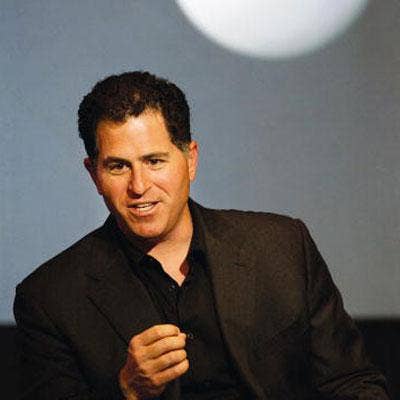
9. Dell Makes Channel Inroads
If you lined up CEOs of all the major IT vendors and had to pick the one most likely to come to the defense of the channel, would Michael Dell be your choice? Likely not, but nevertheless, it was Dell, the chairman and CEO of his eponymous company, that scoffed at the push by some of his rivals to get channel partners to represent their end-to-end portfolios exclusively (see slide 8). The comments are emblematic of the steps the company has made in recent years to move from a direct sales powerhouse to one that goes to market hand-in-hand with channel partners. The company now claims 2,300 certified partners, nearly double the number it had a year ago and continues to win converts on the strength of its product line (including its EqualLogic storage line) and the steps it has taken to make itself easy to do business with for partners.
{C}
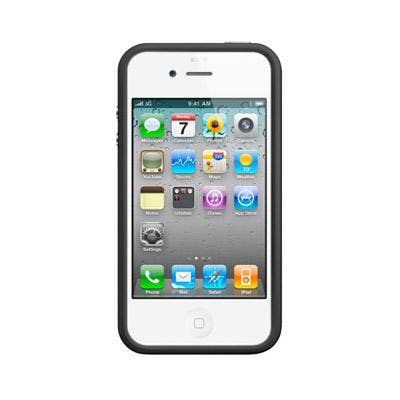
10. Apple Declines To Acknowledge Antennagate
Apple was seemingly the company that could do no wrong, rolling over the competition with product launch after product launch, from iPod to iPhone to iPad. So perhaps it’s no wonder that so many IT industry watchers were fascinated when word of problems with the antennae on the new iPhone 4 started to surface (calls were dropping if users held the phone in a certain way). But the whole mess would have been barely a blip if not for Apple’s obstinate refusal to admit the problem in the first place. Instead, it launched a feeding frenzy on comment boards, blogs and in the media, and earned its own nickname, Antennagate. Apple finally offered free bumpers to customers in order to fix the antenna attenuation issue, but only for a few months.